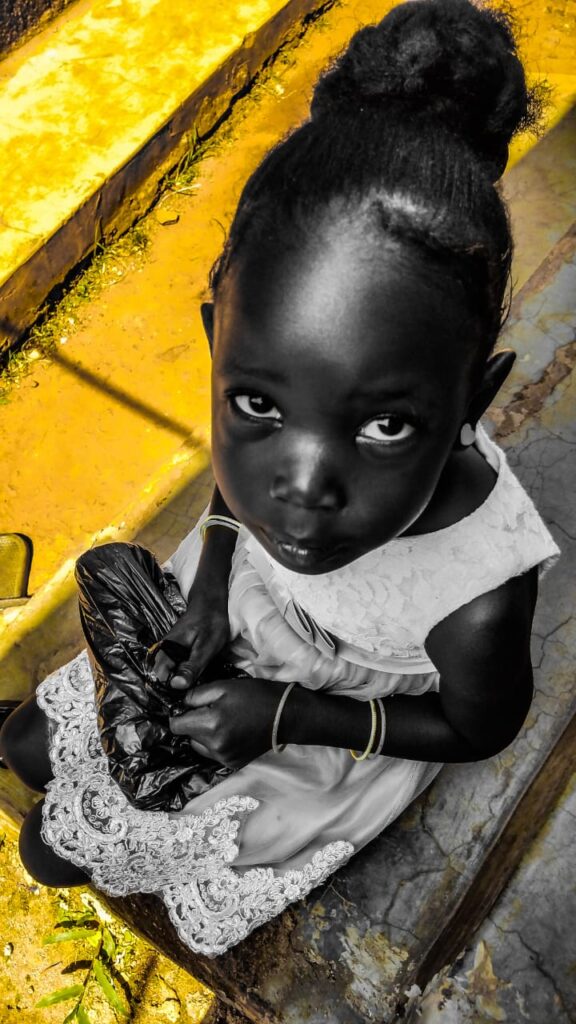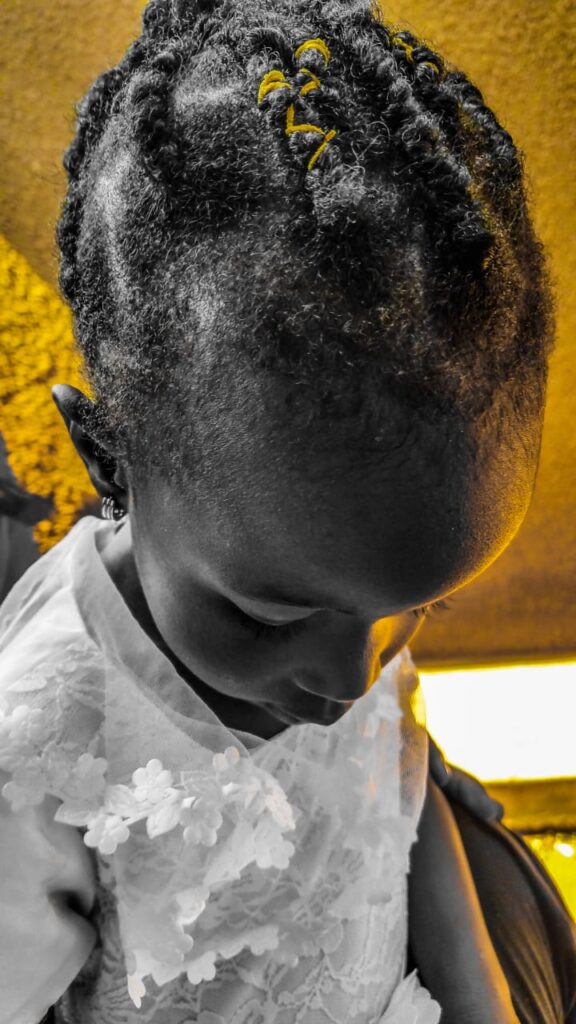Girls’ education strengthens economies and reduces inequality. It contributes to more stable, resilient societies that give all individuals – including boys and men – the opportunity to fulfil their potential.
But education for girls is about more than access to school. It’s also about girls feeling safe in classrooms and supported in the subjects and careers they choose to pursue – including those in which they are often under-represented.
When we invest in girls’ secondary education
⦁ The lifetime earnings of girls dramatically increase
⦁ National growth rates rise
⦁ Child marriage rates decline
⦁ Child mortality rates fall
⦁ Maternal mortality rates fall
⦁ Child stunting drops
Why are girls out of school?
Despite evidence demonstrating how central girls’ education is to development, gender disparities in education persist.
Around the world, 129 million girls are out of school, including 32 million of primary school age, 30 million of lower-secondary school age, and 67 million of upper-secondary school age. In countries affected by conflict, girls are more than twice as likely to be out of school as girls living in non-affected countries.
Only 49 per cent of countries have achieved gender parity in primary education. At the secondary level, the gap widens: 42 per cent of countries have achieved gender parity in lower secondary education, and 24 per cent in upper secondary education.
The reasons are many. Barriers to girls’ education – like poverty, child marriage and gender-based violence – vary among countries and communities. Poor families often favour boys when investing in education.
In some places, schools do not meet the safety, hygiene or sanitation needs of girls. In others, teaching practices are not gender-responsive and result in gender gaps in learning and skills development.


Promoting girls’ education
EIC works with communities, Governments and partners to remove barriers to girls’ education and promote gender equality in education – even in the most challenging settings.
Because investing in girls’ secondary education is one of the most transformative development strategies, we prioritize efforts that enable all girls to complete secondary education and develop the knowledge and skills they need for life and work.
This will only be achieved when the most disadvantaged girls are supported to enter and complete pre-primary and primary education. Our work:
Tackles discriminatory gender norms and harmful practices that deny girls access to school and quality learning.
Supports Governments to ensure that budgets are gender-responsive and that national education plans and policies prioritize gender equality.
Helps schools and Governments use assessment data to eliminate gender gaps in learning.
Promotes social protection measures, including cash transfers, to improve girls’ transition to and retention in secondary school.
Focuses teacher training and professional development on gender-responsive pedagogies.
Removes gender stereotypes from learning materials.
Addresses other obstacles, like distance-related barriers to education, re-entry policies for young mothers, and menstrual hygiene management in schools.


